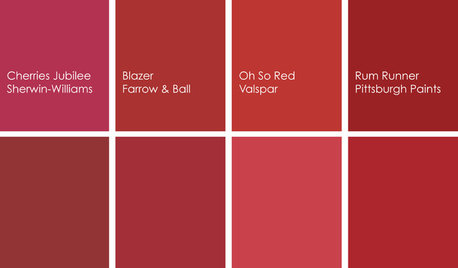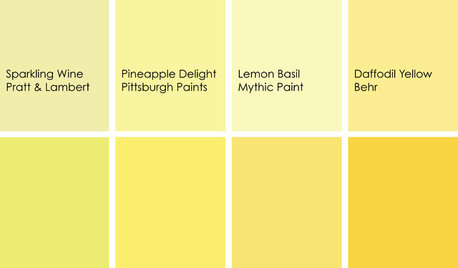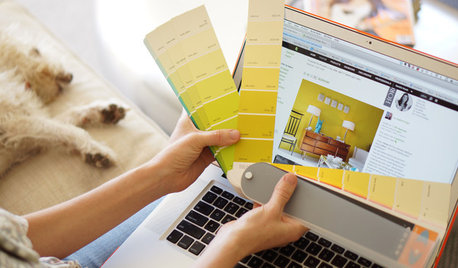When to clean up oriental poppies?
al_maki
14 years ago
Featured Answer
Comments (12)
Embothrium
14 years agogardengal48 (PNW Z8/9)
14 years agoRelated Professionals
Glassmanor Landscape Architects & Landscape Designers · Tempe Landscape Contractors · Berkeley Heights Landscape Contractors · Concord Landscape Contractors · Eagle Landscape Contractors · Fort Mill Landscape Contractors · Franklin Landscape Contractors · New Baltimore Landscape Contractors · Whitehall Landscape Contractors · Shirley Fence Contractors · Claremont Fence Contractors · Collierville Fence Contractors · Grover Beach Fence Contractors · North Miami Beach Fence Contractors · Sammamish Fence ContractorsEmbothrium
14 years agoEmbothrium
14 years agogardengal48 (PNW Z8/9)
14 years agoEmbothrium
14 years agobluesunflower
14 years agolucretia1
14 years agogardengal48 (PNW Z8/9)
14 years agolucretia1
14 years agoEmbothrium
14 years ago
Related Stories

DECORATING GUIDESPoppies Pop Up in Home Interiors
Sprinkle these bright blossoms throughout your house for springtime all year round
Full Story
COLORBathed in Color: When to Use Red in the Bath
Rev up your space and flatter all skin tones with bold, beautiful red on bathroom walls, floors and fixtures
Full Story
HOMES AROUND THE WORLDHouzz Tour: When Two Houses Are Better Than One
Subdividing a Melbourne backyard opens up space to build a second home on this family's property
Full Story
KITCHEN DESIGNCooking With Color: When to Use Yellow in the Kitchen
Perk up your kitchen with a burst of Pineapple Delight or a dollop of Top Banana on the walls, cabinets or countertops
Full Story
MODERN HOMESHouzz Tour: A Cubist Confection Oriented Toward Nature
Dramatic yet understated, a West Vancouver house defers to its woodland and ocean setting
Full Story
MORE ROOMSOriental Rugs Beyond the Living Room
Traditional Rugs Create a Classic Look in Unexpected Places
Full Story
SHOP HOUZZShop Houzz: Unexpected Places to Use an Oriental Carpet
Add a timeless and sophisticated touch to any part of the home with a traditional carpet
Full Story
RUSTIC STYLEWhen Mother Nature Meets Your Modern Nature
Longing for a cabin feel that suits your modern tastes? Here are some ingredients for the perfect aesthetic blend
Full Story
FRONT DOOR COLORSFront and Center Color: When to Paint Your Door Orange
Bring high energy and spirit to your home's entryway with a vibrant shade of orange on the front door
Full Story
WORKING WITH PROSWorking With Pros: When You Just Need a Little Design Guidance
Save money with a design consultation for the big picture or specific details
Full StoryMore Discussions









bluesunflower